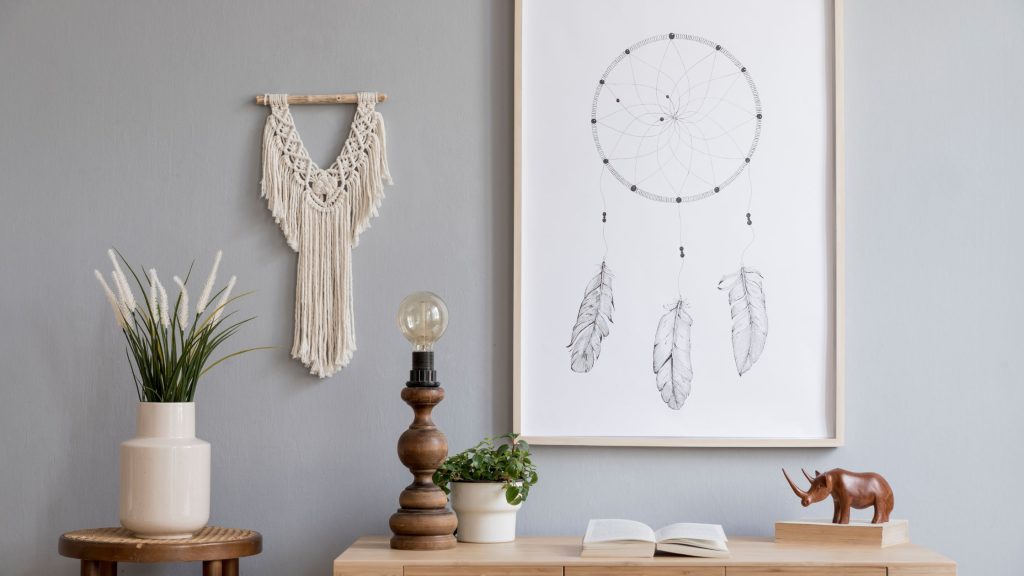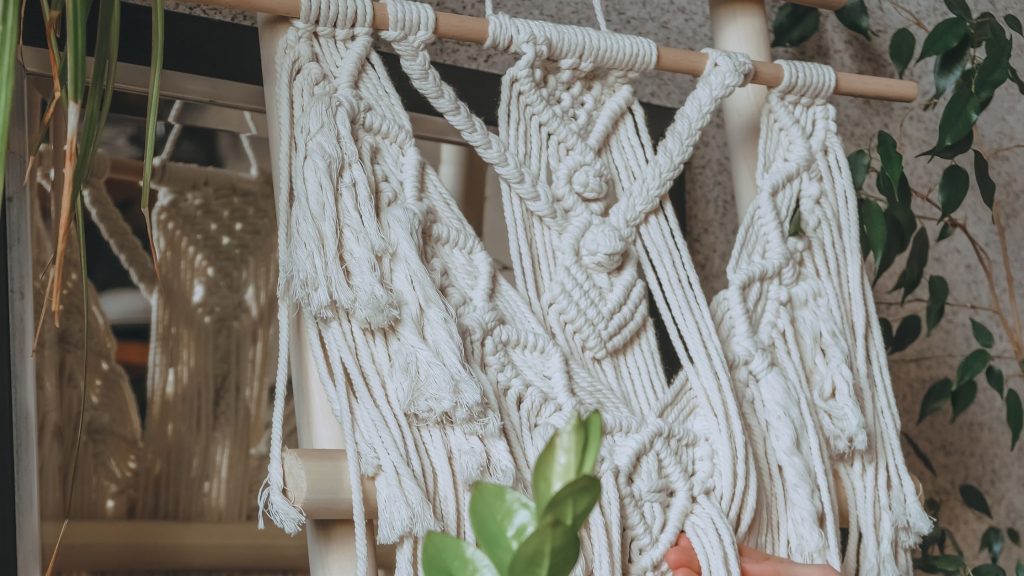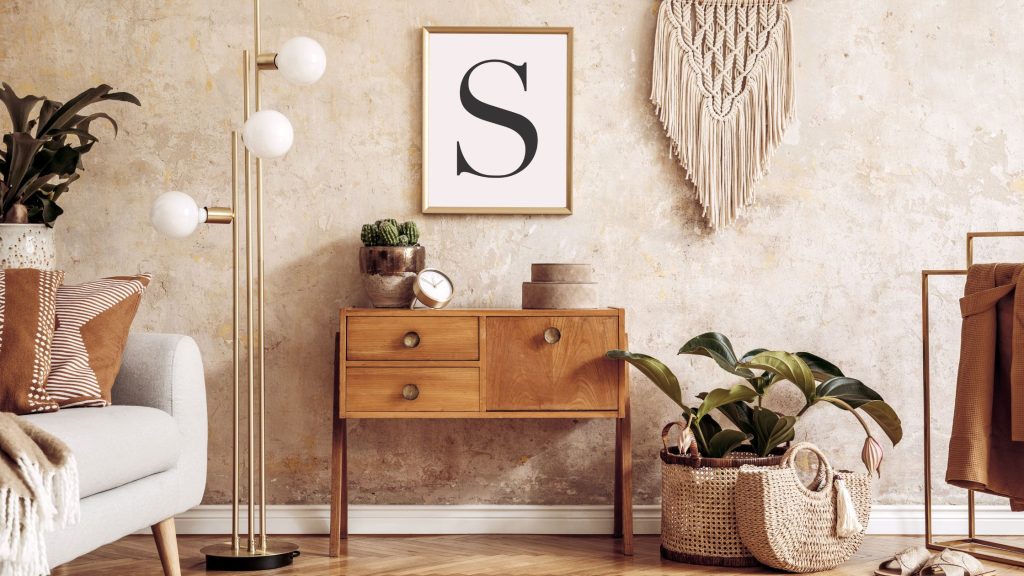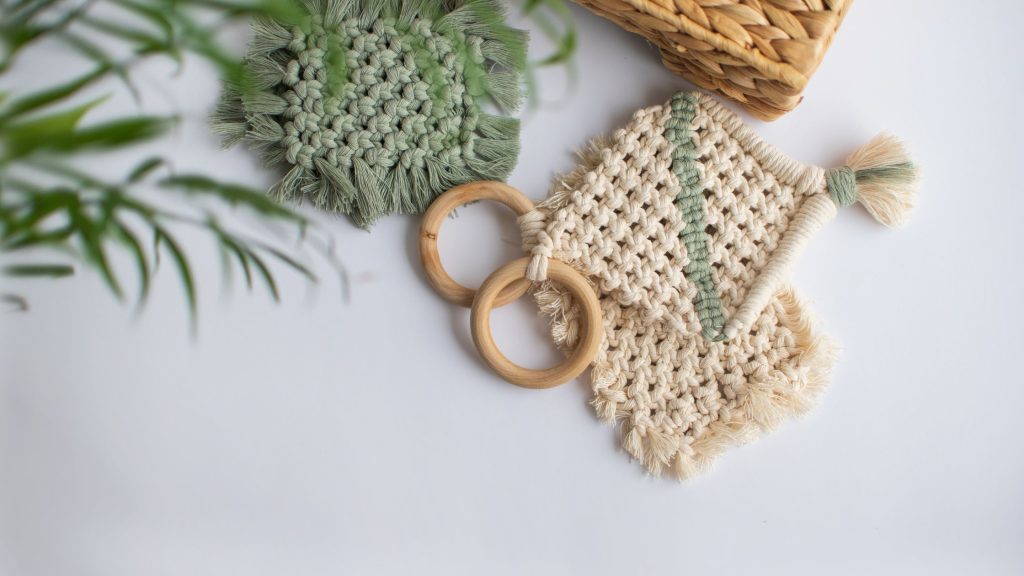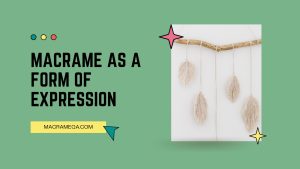Which Cultures Have A Rich History Of Macrame? Macrame, a centuries-old craft that involves knotting threads to create intricate patterns, has made a strong comeback in the world of home decor. But what is the historical connection between macrame and the way we design our homes? This article explores the rich history of macrame, tracing its origins back to ancient civilizations and examining its evolution through various cultures. Discover how this art form has weaved its way into our modern homes and become a beloved element of interior design.
Prehistoric Origins
Macrame in Early Human History
Macrame, the art of knotting cord or string to create decorative and functional items, has a fascinating history that stretches back thousands of years. Its origins can be traced back to early human civilizations, where it was used for both practical and decorative purposes.
In early human history, macrame was primarily utilized to create tools and clothing. The durability and strength of knotted cords made it an ideal material for creating items such as nets, baskets, and bags. These practical creations served essential functions in everyday life, aiding in activities such as hunting, fishing, and gathering.
Macrame in Ancient Cultures
As human societies evolved, macrame continued to play a significant role in various ancient cultures around the world. In Egypt, macrame was employed in the creation of ornamental textiles and decorative elements for temples and palaces. The intricate knotting techniques showcased the skill and craftsmanship of artisans, making macrame an integral part of ancient Egyptian art and culture.
In China, macrame was used for both practical and ornamental purposes. The Chinese developed intricate knotting patterns and techniques, using macrame to create clothing, household items, and even intricate sculptures. Macrame was considered a symbol of wealth and status, and its presence in homes and palaces signified a refined aesthetic taste.
Medieval and Renaissance Europe
Macrame in Decorative Arts
During the Medieval and Renaissance periods in Europe, macrame gained popularity as a decorative art form. It was widely used in the creation of elaborate church vestments, tapestries, and hangings. Skilled artisans meticulously crafted these intricate macrame pieces, incorporating intricate patterns and designs that showcased their expertise.
Macrame was also employed in the creation of decorative trimmings for clothing and home furnishings. It adorned garments, such as elaborate collars and cuffs, adding a touch of elegance and sophistication. In-home interiors, macrame was utilized in the creation of curtains, tablecloths, and pillowcases, bringing a lavish aesthetic to living spaces.
Macrame in Home Interiors
In addition to its use in decorative arts, macrame flourished within the home interiors of Medieval and Renaissance Europe. Intricate macrame pieces adorned walls, creating stunning visual displays. By weaving strands of cord into intricate patterns, homeowners could add texture and dimension to their living spaces.
Macrame curtains were particularly popular during this era. The delicate knotting techniques allowed light to filter through, creating a soft and inviting atmosphere. These macrame curtains added a touch of opulence to grand halls and served as a decorative element in the homes of the wealthy.
Macrame in the Victorian Era
Rise in Popularity
The Victorian era saw a resurgence of interest in macrame, as it became increasingly popular in home decor. It was during this period that macrame experienced a shift from an art form predominantly practiced by skilled artisans to a craft enjoyed by individuals of all social classes. This democratization of macrame was largely due to the introduction of instructional books and patterns, which allowed people to learn and create macrame pieces in their own homes.
Macrame as a Decorative Element
In Victorian homes, macrame was utilized as a decorative element to embellish furnishings and interiors. Macrame fringes adorned furniture, such as chairs, sofas, and footstools, adding a touch of elegance and intricacy. It also found its way onto accessories like lampshades and window coverings, providing a delicate and decorative touch.
Macrame plant hangers gained popularity during this period as well. As indoor gardening became a favored pastime, these hanging planters allowed individuals to display their leafy companions with a touch of Victorian charm. Macrame plant hangers transformed ordinary houseplants into eye-catching focal points, adding a whimsical element to Victorian interiors.
Influence of Arts and Crafts Movement
Macrame in the Arts and Crafts Style
The Arts and Crafts movement of the late 19th and early 20th centuries had a profound impact on the popularity and development of macrame. This movement emphasized the value of craftsmanship and the beauty of handmade objects. Macrame, with its intricate knotting techniques and artisanal qualities, aligned perfectly with the principles of the Arts and Crafts movement.
During this time, macrame was often incorporated into larger pieces of furniture in the Arts and Crafts style. It adorned chairs and ottomans, adding a touch of texture and visual interest. Macrame lampshades and wall hangings were also prevalent, showcasing the versatility of the craft and its ability to elevate the aesthetic of any space.
Integration into Home Decor
The Arts and Crafts movement also influenced the integration of macrame into the overall home decor scheme. Macrame table runners, coasters, and placemats were popular additions to dining tables, infusing a sense of handmade beauty into everyday meals. Cushions and pillows featuring macrame artwork were also utilized to soften seating areas while embracing the handcrafted aesthetic of the Arts and Crafts movement.
Macrame in the 20th Century
Arts and Crafts Revival
In the 20th century, there was a revival of interest in the Arts and Crafts movement, which coincided with a resurgence of macrame’s popularity. Craftspeople and artists experimented with macrame, pushing the boundaries of traditional knotting techniques and incorporating contemporary design elements. Macrame became a favored medium for creating unique and expressive works of art.
Macrame as a Bohemian Trend
During the mid-20th century, macrame experienced a shift in perception and use. It became associated with the bohemian counterculture and was embraced as a symbol of free-spiritedness and creativity. Macrame wall hangings, plant hangers, and room dividers adorned the homes and spaces of those embracing the bohemian lifestyle, adding a touch of natural beauty and organic charm.
The macrame craze of the 1970s further solidified its position as a bohemian trend. The combination of textured cord, earthy colors, and organic forms perfectly suited the aesthetics of the era. Macrame became a popular DIY project, with individuals creating their unique pieces to showcase their artistic expression.
Macrame in Mid-Century Modernism
Macrame in Contemporary Textiles
In mid-century modernism, macrame experienced a reimagining in the world of textiles. Designers began incorporating macrame techniques into fabric creation, resulting in unique and innovative textiles. Macrame-like patterns and textures adorned upholstery fabrics, adding depth and interest to furniture pieces.
Macrame in Modernist Home Decor
Macrame also found its place in modernist home decor, as it provided an opportunity to infuse spaces with a handmade touch. Designers and homeowners incorporated macrame into lighting fixtures, creating stunning pendant lamps and chandeliers. These macrame lighting elements balanced the clean lines and simplicity of modernist interiors with a touch of warmth and craftsmanship.
1970s Macrame Craze
Macrame Plant Hangers
The macrame craze of the 1970s brought a resurgence of popularity in macrame plant hangers. These hanging planters allowed individuals to showcase their greenery stylishly and uniquely. Macrame plant hangers could be seen adorning windows, porches, and living rooms, combining functionality with visual appeal.
Macrame Wall Hangings
Another hallmark of the 1970s macrame craze was the popularity of macrame wall hangings. These large-scale macrame artworks adorned walls with their intricate designs and imaginative patterns. Macrame wall hangings became a focal point in many homes, adding texture, dimension, and a touch of bohemian flair to living spaces.
Macrame in the 21st Century
Macrame in Minimalist Interiors
In the 21st century, macrame has found a place in minimalist interiors, providing a soft and textural contrast to clean lines and simplified aesthetics. Macrame wall hangings and room dividers add depth and visual interest without overwhelming the space. The organic forms and neutral color palettes of macrame pieces complement minimalist design principles while adding a touch of warmth.
Macrame in Eclectic Home Decor
Macrame continues to thrive in eclectic home decor styles, where the blending of various design influences and eras is embraced. In eclectic interiors, macrame can be found in various forms, from intricately knotted curtains to statement-making macrame chandeliers. Its versatile nature allows it to adapt and blend seamlessly with other decorative elements, creating a visually captivating and unique home environment.
Revival of Macrame
Macrame in Sustainable Design
As sustainability and eco-consciousness have become increasingly important in modern society, macrame has experienced a revival as a sustainable design choice. The craft utilizes natural materials like cotton, hemp, and jute, which have a smaller environmental impact compared to synthetic fibers. Macrame pieces are often handmade, allowing for a slower, more intentional approach to production. This aligns with the values of sustainable design, focusing on craftsmanship, durability, and minimizing waste.
Macrame in Modern Home Decor
In modern home decor, macrame has garnered a renewed appreciation as a statement-making element. Designers and homeowners are embracing macrame as a way to create unique focal points and add texture to their spaces. Macrame tapestries, intricately knotted curtains, and macrame hammocks are just a few examples of how macrame is being used to elevate modern home interiors.
Conclusion
From its early origins in prehistoric times to its continued influence in contemporary design, macrame has established a rich historical connection with home decor. Its versatility, craftsmanship, and ability to evolve with architectural and design trends have allowed it to adapt and thrive throughout the centuries. Whether as a decorative element, a functional piece, or an artistic expression, macrame continues to add charm, warmth, and visual interest to living spaces worldwide. So the next time you come across a macrame creation, take a moment to appreciate the ancient roots and centuries-long journey that brought it into your home. You are participating in a timeless tradition that connects you with generations of artisans and their love for the beautiful craft of macrame.


